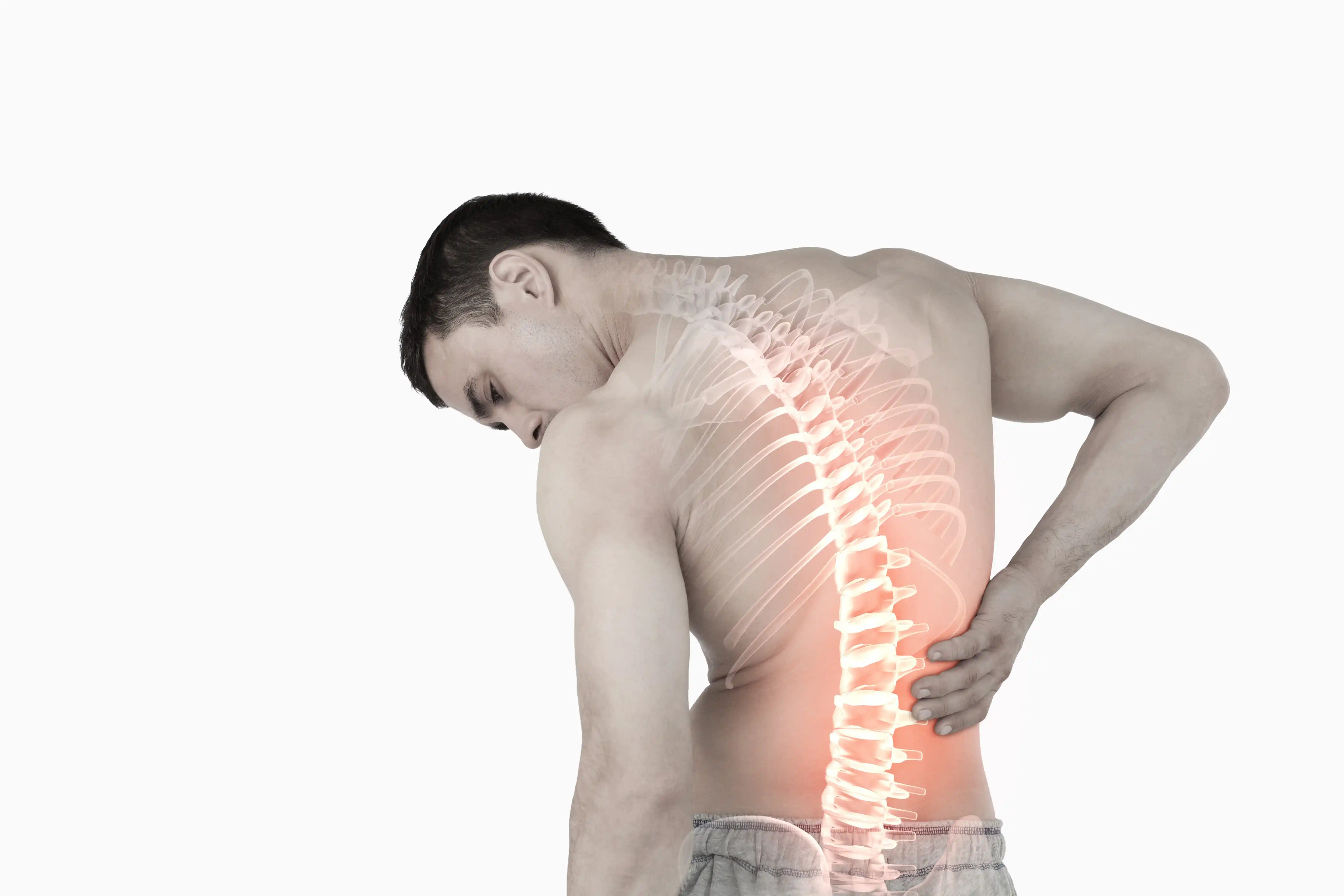Overview
Vertebrogenic pain results from structural changes in the spine, especially in the vertebral endplates. The endplates are thin layers of cartilage that separate the vertebral bodies from the intervertebral discs, and they play a key role in shock absorption. When these endplates are damaged or degenerate, it can lead to inflammation and activation of the basivertebral nerve, which is responsible for transmitting pain signals.
Patients with vertebrogenic pain often report chronic, debilitating lower back pain that does not respond well to traditional therapies such as physical therapy, medications, or injections. Diagnosis typically involves imaging studies, such as MRI, to identify Modic changes—specific signs of inflammation or degeneration in the vertebral bodies.







